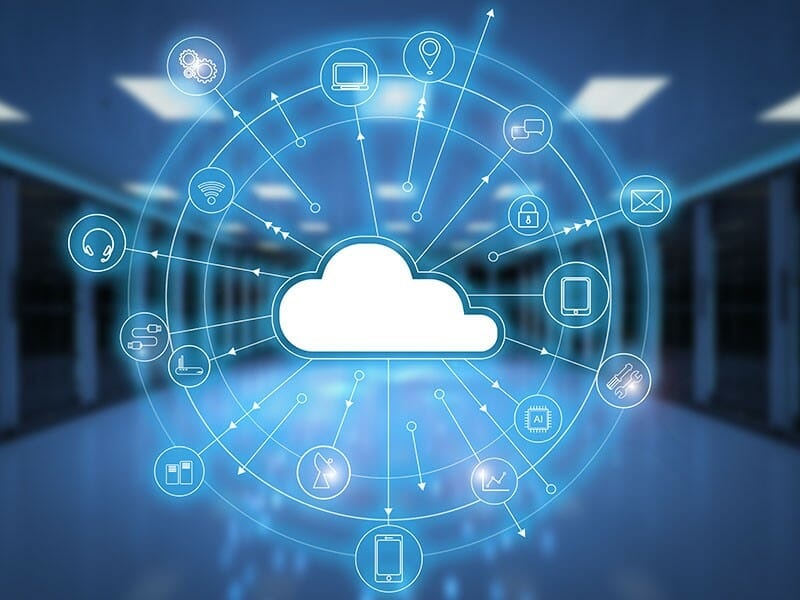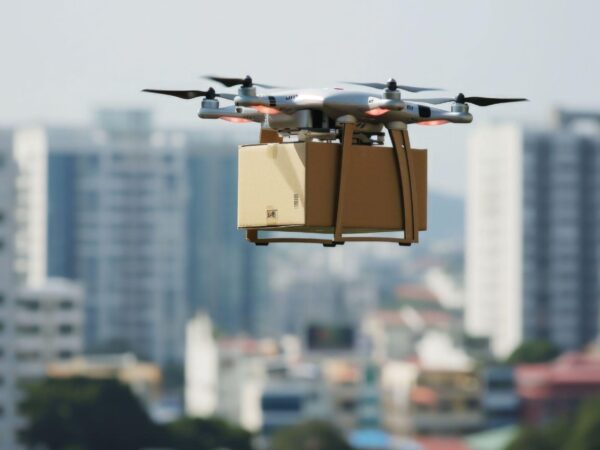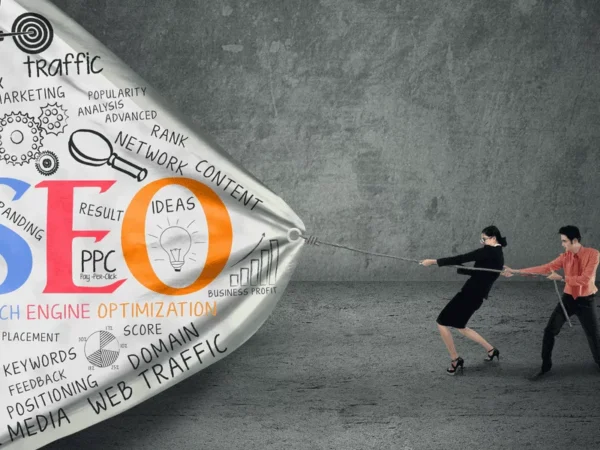Machine learning greatly gets an advantage from sensor data of the IoT or internet of things or and AI, or artificial intelligence, has long been two peas in a capsule.
The Internet of Things, or IoT, is all fun, as well as games till it is time to purchase sensors. IoT is infamously hard to range and manage, 30% of IoT tasks never make it past the proof-of-concept stage.
But what if I informed you that you have introductory IoT sensor data in your structures? Every commercial structure is stuffed loaded with sensing units. They are managed and mounted at range. The issue is they are shut systems for single-purpose applications.
Yet if you can open the sensing unit data, they can power many data science research projects without needing new equipment.
If you are looking for a smart life download, please follow the link.
Below are a few business systems you should check out tapping into:
- BMS or Building Monitoring Systems
BMS consists of a handful of technologies that manage the structured atmosphere. The majority of always, they consist of lighting control systems and AC or air conditioning systems.
The most basic lighting control systems include activity sensing units in rooms as well as sidewalks, you’ve possibly had to swing your arms around in a room prior to when the lights are removed. Advanced illumination control systems consist of lumen sensors close to windows that lower the lights to conserve power in locations where there is more natural light.
The HVAC system includes temperature sensing units throughout the structure to control cooling as well as heating based upon where it is required.
Both these systems have ecological sensors throughout the building, it simply takes some creative assimilation to make those sensing unit feed readily available to IoT applications. As a matter of fact, this transition is happening due to the fact that BMS applications benefit from IoT integration.
- RTLS or Real-Time Location Systems
As the grandpa of the IoT, RTLS has shown how IoT is able to deliver worth for over a year. Truly, the RTLS sale is anticipated to expand to virtually $12B by 2024.
RTLS consists of tags that are positioned on properties or people that a business wants to track area. Those tags communicate with a devoted facility of sensors, as well as entrances. Based upon those interactions, a formula calculated the tag’s approximated place on an indoor floor plan.
RTLS is utilized to minimize time spend searching for things as well as automate workflows that are having location-driven occasions. An RTLS is the goldmine of dependent data for the internet of things applications.
- Security Systems
Almost every commercial building has security cams for standard security. At a minimum, they are utilized to document activity in case proof is required for a crime devoted on-premises.
For a while now, these safety monitoring systems are transitioning from the old school COAX links to IP-based links that are accessible on your interior network. The development of mobile camera links is anticipated to grow to over 20M by 2024.
Device data visualization can be utilized on these existing video streams to gather contextual data and generate signals. Curriculum vitae is powered by artificial intelligence versions that are educated to recognize individuals, things, as well as occasions in a collection of photos.
- Accessibility Control Systems
The majority of workplaces don’t simply allow anyone to waltz in; you need to confirm that you’re enabled to be there. Accessibility control systems power those badge visitors you tap to unlock doors.
Generally, these badge visitors utilize easy RFID technology. That implies that the reader does all the work so the badge does not need a battery.
A staff member badge is successfully an IoT device. It is a tiny, physical depiction of a staff member’s identification, as well as credentials.
Some IoT applications require recognizing individuals to power customized experiences. However, no person wishes to carry around yet an additional “point” simply to actuate an IoT option. Not every person desires their phone to be tracked either, in 2014 major data outlets advised consumers to disable area tracking.
The employee badge and your access control system are repeatable versions for inputting human identification into an IoT application.
- WiFi Gain Access to Points
Individuals need to connect to the internet. Ethernet simply doesn’t cut it anymore; wireless internet connectivity is a given in nearly all business environments.
Each of the Wi-Fi access factors in the ceiling acts as a portal for network connectivity. However, did you consider they can additionally be an IoT portal?
Some sensor endpoints can backhaul over Wi-Fi so you do not have to buy standalone IoT entrances. The tradeoff is that Wi-Fi connection enhances the power consumption of little IoT devices.
To find a wallet finder, please follow the link.




